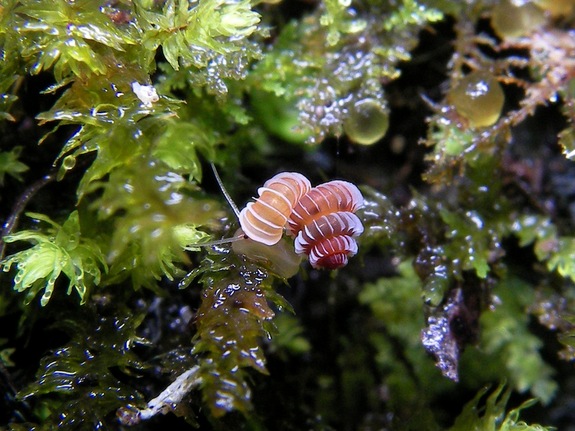Ten new species of snails in the genus Plectostoma have been discovered in the limestone hills of Southeast Asia. Limestone hills are not common in this region, so the individual snail species are often isolated to just one hill. Therefore mining has threatened their existence and several species are already extinct or endangered.
Source:
More like this
I've been aware of fossils since my dino fanboy days in Greenwich Country Day School, and I used to collect them in a small way on family trips to Gotland. Back home, I would put fossils in malt vinegar and see bits of shell emerge from the limestone matrix.
We have to nip this idea in the bud: Shell is reviving the notion of liming the oceans. Why?
F5: Devastation, Survival, and the Most Violent Tornado Outbreak of the 20th Century, by Mark Levine
More thrilling late summer reading awaits those who pick up a copy of this story of twin twisters, separated by only thirty minutes and following nearly the same path, that ripped through Limestone County, Alabama on the date of tornadic infamy in America - Ap
As the CO2 in the atmosphere continues to climb, already at a dangerous level, and the argument about doing something about it seems to have only just begun in the power circles, I fear that actively removing it is rapidly becoming an imperative.
But is this doable?


amazing
They are beautiful. If they were not discovered by now they would be extinct. Mining does affect the ecosystem of many species of animals. It affects their habitant and environment of many living organisms without even regenerating the land after mining has occured. Its a privilege to have such discoveries in our era. Are they any different from the normal nails we know?